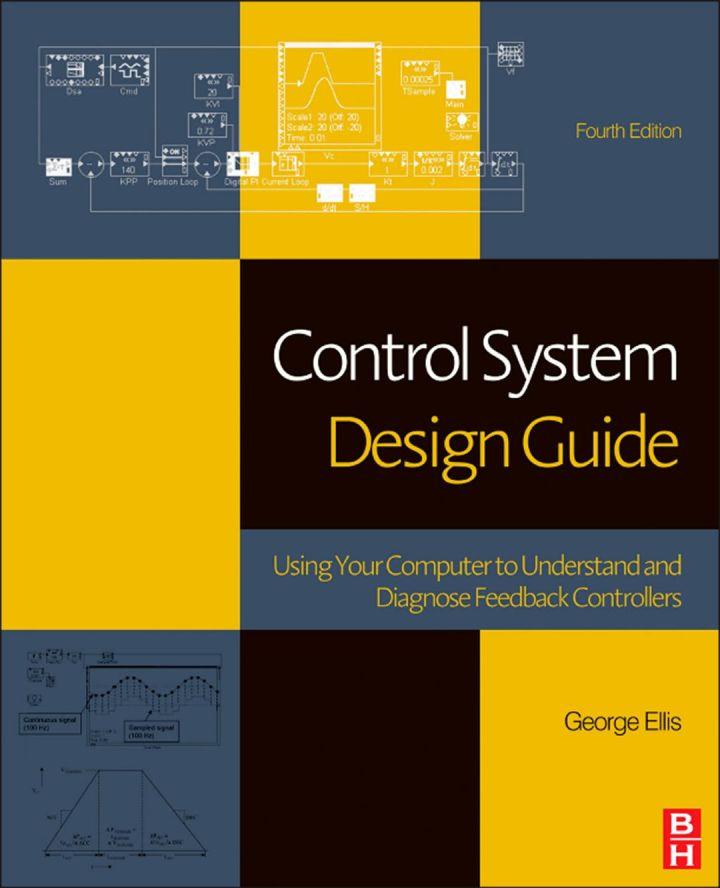Run Experiment 7B using the gains of Question 4a. DATA FROM QUESTION 4A a. Slow the sample
Question:
Run Experiment 7B using the gains of Question 4a.

DATA FROM QUESTION 4A
a. Slow the sample rate to 1 kHz (T Sample = 0.001). Retune the system for max KVP causing no overshoot and KVI causing 10% overshoot. What are the new values of KVI and KVPt? When tuning this model, the disturbance waveform generator should be set very low, say, 0.001 Nm, just enough to trigger the scope. Set the velocity command to 40 RPM. Since both waveform generators are set to 10 Hz, the scope will trigger synchronously with the velocity command. Set the disturbance decoupling term (KDD) to zero. Confirm the velocity excursions are the same as in Question 4b.
DATA FROM QUESTION 4B
b. Restore the command waveform generator to zero and restore the disturbance to 10 Nm to evaluate the disturbance response. What velocity excursion does the new set of gains allow?
a. Set for full disturbance decoupling (KDD = 1). What is the velocity excursion?
b. How does disturbance decoupling (Question 5a)compare with speeding the sample rate by 4 times (Question 4d)?
DATA FROM QUESTION 5A
a. Set for full disturbance decoupling (KDD = 1). What is the velocity excursion?
DATA FROM QUESTION 4D
d. Repeat part b with 4-kHz sampling.
Step by Step Answer:

Control System Design Guide Using Your Computer To Understand And Diagnose Feedback Controllers
ISBN: 9780123859204
4th Edition
Authors: George Ellis





